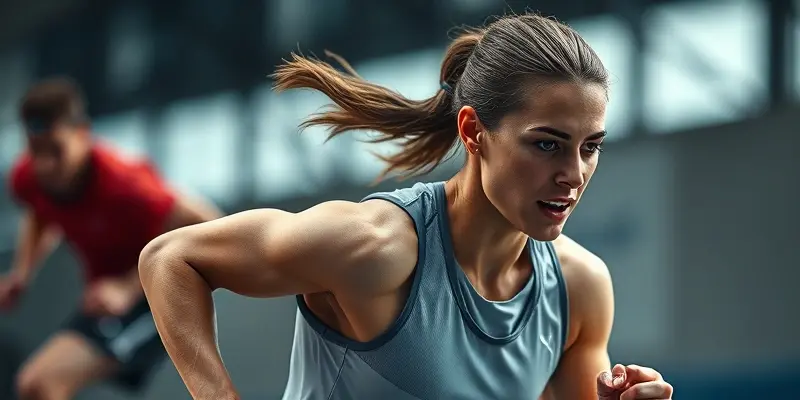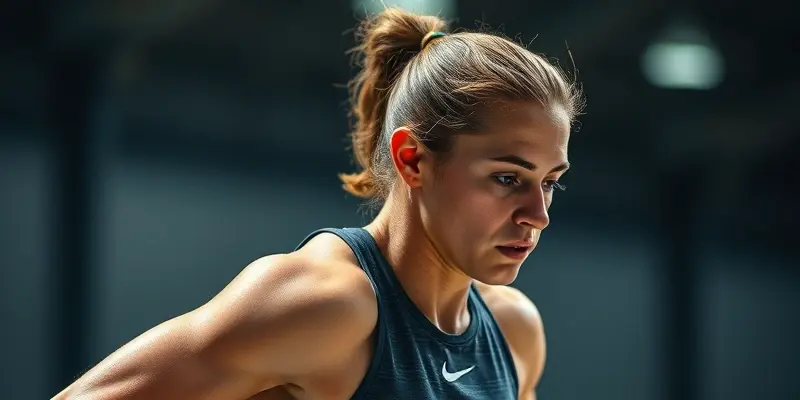Integrative Recovery Therapy for Athletes and Fitness Enthusiasts
In today’s fast-paced world, optimizing recovery and preventing injuries are vital for athletes and fitness enthusiasts of all levels. Let’s explore the comprehensive approach of integrative recovery therapy, merging scientific knowledge with practical strategies to enhance performance and well-being.
Understanding Google’s Criteria for Helpful Content
Google emphasizes creating content that is informative, reliable, and people-centric. To ensure your content aligns with these standards, consider the following key aspects:
Self-Assessment Questions for Content and Quality:
- Is your content original and comprehensive?
- Does it provide valuable insights beyond common knowledge?
- Are you maintaining high-quality production standards?
Expertise Evaluation:
- Do you demonstrate expertise and trustworthiness in your content?
- Is your content error-free and backed by credible sources?
Focus on People-First Content:
- Is your content primarily aimed at assisting and engaging your audience?
- Does your content offer a satisfying experience and valuable information?
Planning the Article Structure
Article Outline:
- Introduction to Integrative Recovery Therapy
- Key Components of Recovery Therapy
- Preventing Common Sports Injuries
- Injury Evaluation
- Strengthening and Conditioning
- Proper Technique
- Nutrition Plans for Faster Healing
- Essential Nutrients for Recovery
- Importance of Hydration
- Tools and Gadgets for Muscle Repair
- Use of Foam Rollers and Massagers
- Benefits of Compression Clothing
- Electrostimulation Devices for Recovery
- Psychological Methods for Maintaining Motivation
- Goal Setting
- Positive Self-Talk
- Mindfulness and Meditation
- Beginner-Friendly Recovery Guides
- Most Frequent Injuries and Prevention Strategies
Writing the Article
Integrative Recovery Therapy: Enhancing Performance Through Comprehensive Care
In the dynamic world of sports and fitness, recovery is as crucial as training. Integrative recovery therapy offers a holistic approach to injury prevention, recovery optimization, and performance enhancement for athletes and fitness enthusiasts. Let’s delve into the key components that make up this transformative therapy.
Key Components of Integrative Recovery Therapy
Physical Therapy
Rehabilitative techniques like manual therapy and exercise regimens play a pivotal role in restoring strength, mobility, and function post-injury. Incorporating modalities such as ultrasound can aid in pain relief and expedite recovery.
Nutritional Support
Proper nutrition is the cornerstone of tissue regeneration and inflammation reduction. Athletes benefit from tailored nutrition plans that emphasize essential nutrients for muscle repair and overall well-being.
Manual and Chiropractic Care
Chiropractors and massage therapists employ spinal manipulation and soft tissue techniques to enhance mobility, alleviate pain, and support recovery.
Mental Health Support
Sports psychologists provide invaluable assistance in stress management and motivation, ensuring a balanced mental state during the recovery phase.
Preventing Common Sports Injuries
Injury Evaluation
By analyzing biomechanics and training routines, vulnerabilities can be identified and addressed proactively.
Strengthening and Conditioning
Customized exercises targeting specific muscle groups help fortify the body against prevalent injuries like ankle sprains and hamstring strains.
Proper Technique
Emphasizing correct form and technique in sports activities significantly reduces the risk of injuries and promotes longevity in athletic endeavors.
Nutrition Plans for Faster Healing
- Protein and Amino Acids: Essential for muscle repair and growth.
- Omega-3 Fatty Acids: Support tissue healing and possess anti-inflammatory properties.
- Antioxidants: Aid in reducing oxidative stress and promoting recovery.
- Hydration: Critical for optimizing recovery processes and overall performance.
Tools and Gadgets for Muscle Repair
- Foam Rollers and Massagers: Alleviate muscle soreness and enhance circulation for faster recovery.
- Compression Clothing: Improves blood flow to muscles, aiding in the recovery process.
- Electrostimulation Devices: Assist in muscle strengthening and recovery during rehabilitation.
Psychological Methods for Maintaining Motivation
Goal Setting
Establishing clear and achievable goals keeps athletes focused and driven towards success.
Positive Self-Talk
Encouraging positive affirmations boosts morale and fosters a resilient mindset in the face of challenges.
Mindfulness and Meditation
Practicing mindfulness techniques enhances mental resilience, reduces stress, and promotes a balanced mental state throughout the recovery journey.
Beginner-Friendly Recovery Guides
For novices in integrative recovery, starting with simple routines like daily stretching, light exercise, and balanced nutrition sets a strong foundation for more advanced recovery techniques as progress is made.
Most Frequent Injuries and Prevention Strategies
- Ankle Sprains: Utilize ankle braces and strengthen ankle muscles to prevent injuries.
- Hamstring Strains: Incorporate stretching routines and strength exercises to safeguard against strains.
- Knee Injuries (e.g., ACL Tears): Focus on core and leg muscle strengthening, coupled with proper landing techniques to reduce the risk of knee injuries.
By implementing these strategies, athletes and fitness enthusiasts can minimize downtime, enhance performance, and emerge stronger and more resilient in their athletic pursuits. Stay tuned for more insights on integrative recovery therapy and holistic wellness strategies for athletes and fitness enthusiasts.
Stay Strong, Stay Healthy, Stay Gympulsed!

